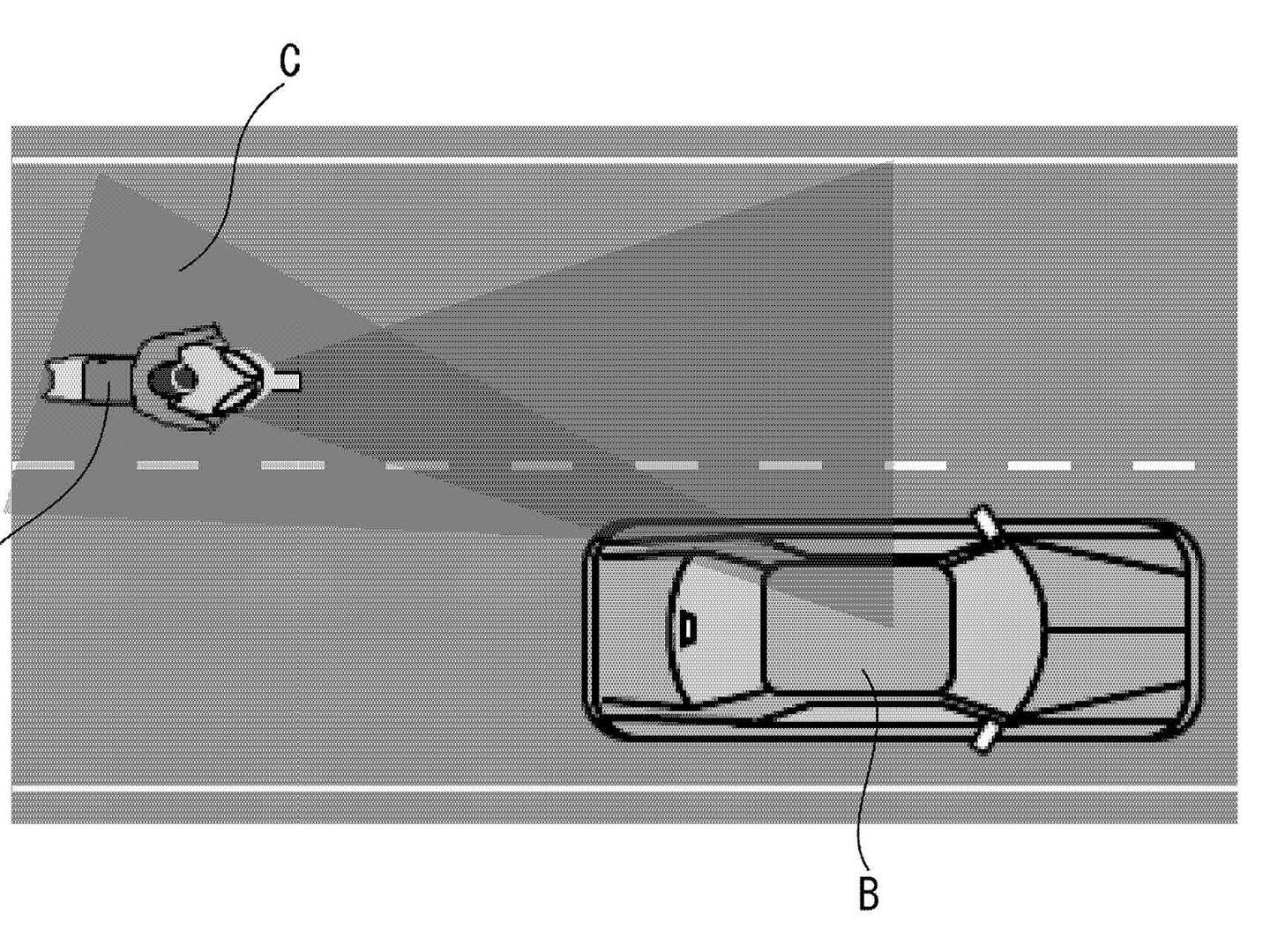Dhm
Regular
I'm resurrecting a post but more importantly a brilliant podcast by Sean with Strawman in late March 2022. It is important because it reminds us of what a great company we are backing.Some quick quotes and a note or two from the interview:
"I'm even more convinced today. The tech is real, it's transformational - nothing even comes close."
"The technology is extremely flexible"
"We have the best-kept secret in the world."
"Tech companies and investors are beating a path to our door right now." - Tony
When asked about when we will know about products containing Akida in the market Sean responded that he does not foresee a time and most
customers are pretty serious about keeping it confidential. He then added: "of course, I know (trying to stop himself from smiling), but most people could not." He later mentioned that the best way to get an idea of this will be to keep an eye on financials.
He spoke about how it is not a short sales cycle but how customers are carefully selected with the criteria of being those who will get products to market. He spoke about the delays in chip manufacturing which are twice what they were and how companies have typical design cycles for products.
He also mentioned that many customers want to have their own IP (though incorporating BRN's IP into something larger - that is how I understood it).
These concepts reinforce for me why patience is required.
I asked about what % of EAP customers continue to engage. Sean responded "virtually all of them".
Overall, nothing really new but I thought it was a fantastic interview. I was very impressed with Sean and am delighted to have him at the helm.
I'm sure others who listened will share more, but above is what stood out to me.
Back to my charts.
GLTA
Edit: He also mentioned they are in discussions with a major communications company, a use case he did not expect, but that companies who want to have a foot in the future of AI are engaging.
at 29:20 potential (for Brainchip) of revenue in the billions of (US) dollars.
30:40 companies are beating a path to our door
34:10 we have the best kept secret in the world
As @Fact Finder has stated a number of times in the past, because we are an ASX company we have a stringent set of obligations that basically state that any claim an office bearer makes has to be realistic and achievable. So what Sean and Tony state are realistic assumptions and would be jumped on by the ASX if otherwise.
Last edited:




